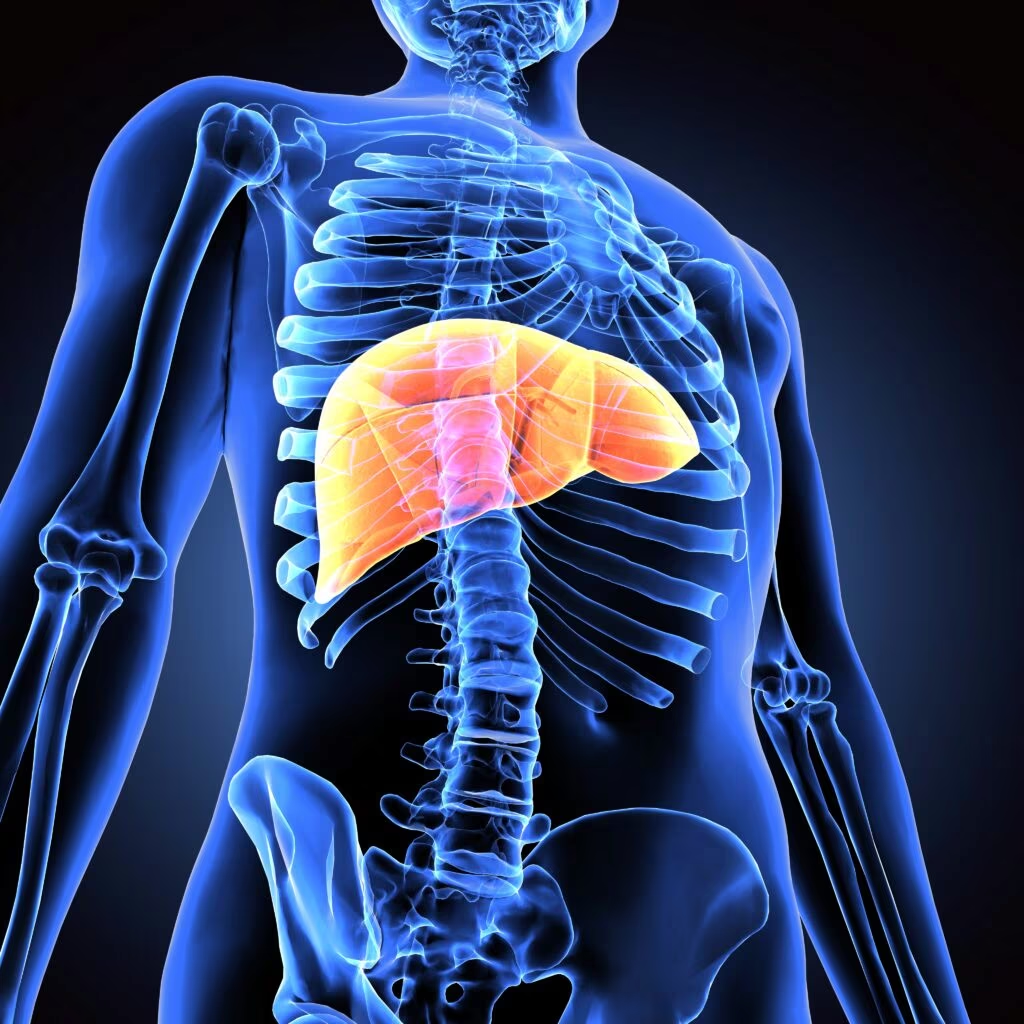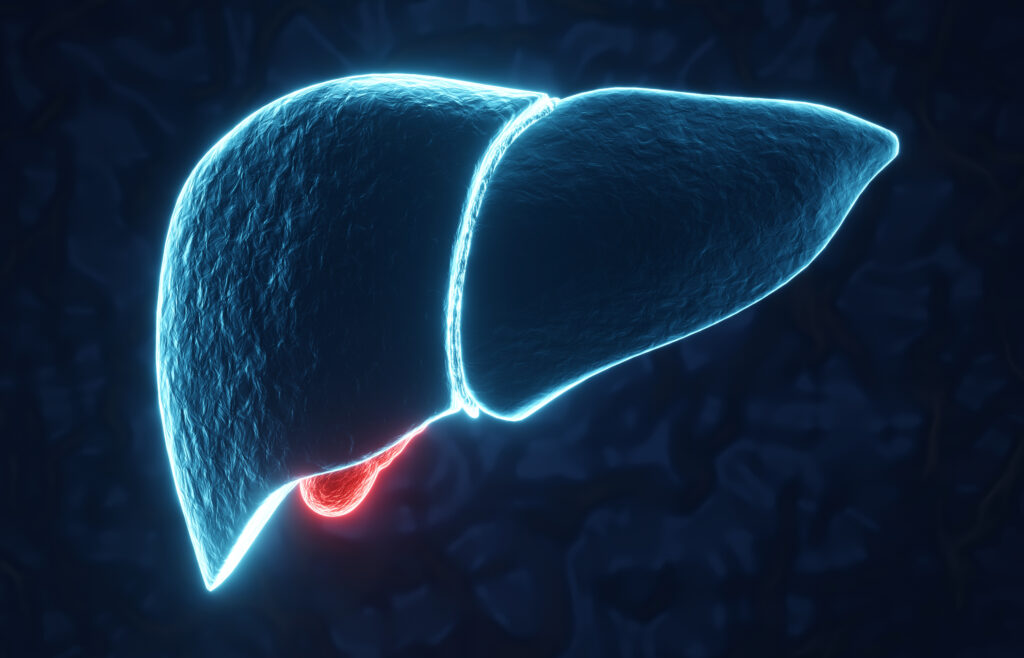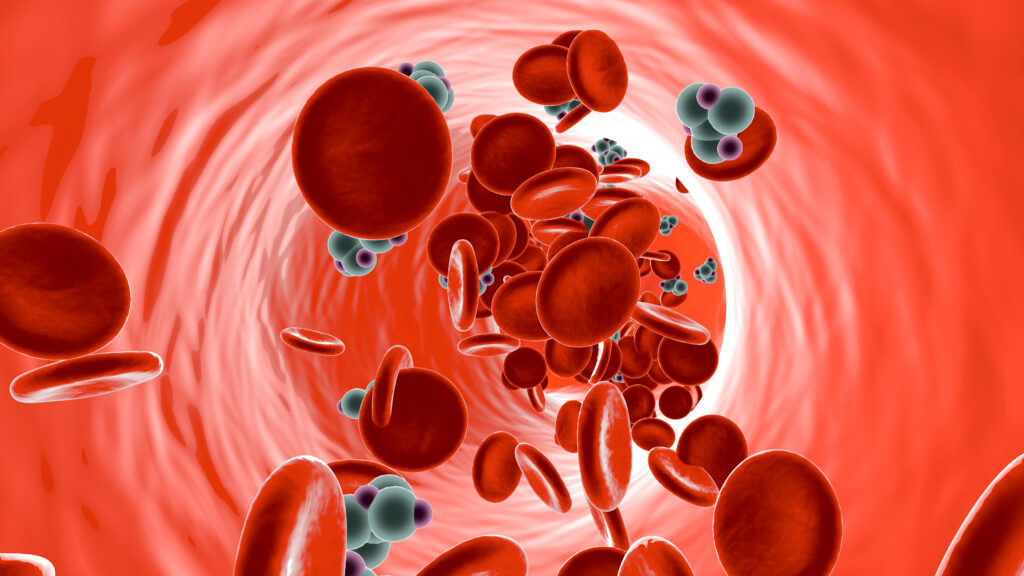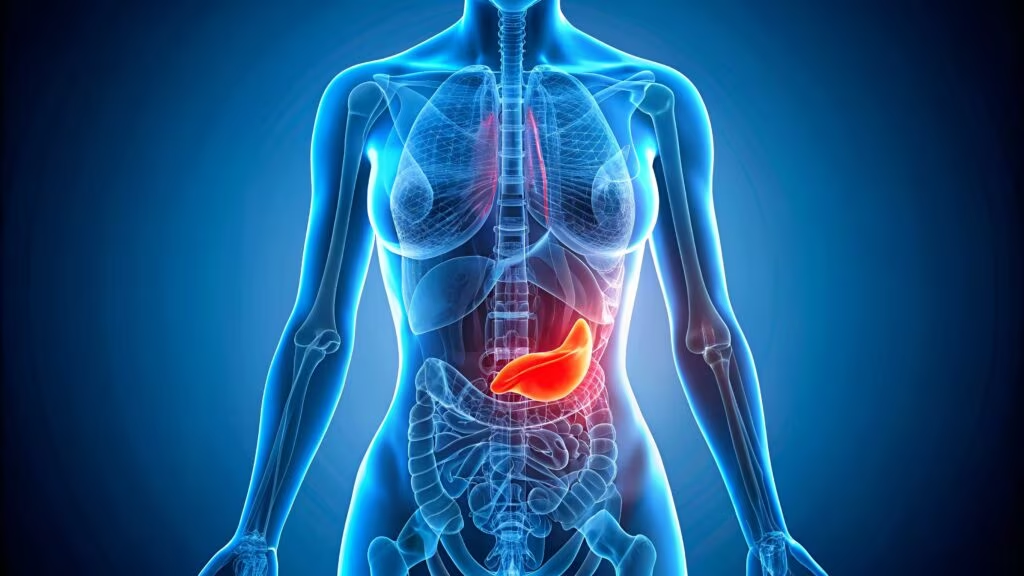Search Results
Showing Results for genetics

ATTD 2025 showcased 36 startups revolutionizing diabetes care with innovations like non-invasive monitoring, AI diagnostics, and real-time health tools. Awarded grants highlighted ATTD’s commitment to advancing personalized, tech-driven solutions that empower patients and transform global diabetes management.

Article Highlights This study aims to find an effective and affordable biomarker panel for early non-alcoholic fatty liver disease (NAFLD) detection in Indian women with morbid obesity, given the rising prevalence of NAFLD and limited accessibility of ultrasound sonography (USG) ...

New research, published in the Nature journal, Communications Medicine has identified rare genetic variants that may contribute to the increased prevalence of type 2 diabetes (T2D) in multiple generations of Asian Indian families.1 The findings could provide new insights into ...

Article highlights There is growing clinical importance attributed to the development of metabolic dysfunction-associated steatotic liver disease in people with type 2 diabetes (T2D). Numerous international groups now advocate screening for advanced fibrosis in people with risk factors, such as ...

Cushing’s disease (CD) is caused by an adrenocorticotropic hormone (ACTH)-secreting pituitary adenoma, or rarely carcinoma, and is considered a highly morbid endocrine disorder with few medical options.1,2 Although transsphenoidal pituitary surgery (TSS) is the mainstay of treatment for ...

Obesity defined as abnormal or excessive fat accumulation that presents a risk to health, is a chronic disease linked to metabolic co-morbidities, such as type 2 diabetes mellitus and cardiovascular disease, a reduced life expectancy, economic burden and reduced quality of ...

There has been an exponential increase in the global prevalence of obesity over the past few decades because of adverse lifestyle choices, such as physical inactivity and overconsumption of macronutrients. The obesity pandemic has contributed to more than 50 different disorders ...

Type 1 diabetes mellitus (T1DM) is an autoimmune disease secondary to the destruction of the insulin-producing β cells of the islets of the pancreas. Environmental factors presumably trigger the disease in genetically susceptible individuals, leading to a lifetime dependency on exogenous ...

Alopecia is a dermatological disorder characterized by hair loss from the scalp or body.1–3 It is one of the most common dermatological disorders worldwide and has several aetiologies, such as hereditary background, hormonal imbalance, infection or idiopathic causes.1,3,4 Alopecia can ...

Welcome to the latest edition of touchREVIEWS in Endocrinology. In this edition we feature a range of review, case report and original research articles that highlight some key developments in our understanding and management of endocrinological disease. We start with ...

Article highlights Epigenetics refers to the heritable changes in DNA expression without changes in the genetic code. Epigenetic changes are brought about by post-translational modifications of histone proteins, covalent modifications of DNA bases and microRNA. Epigenetics explains how environmental milieu ...

Short stature affects 2.5% of children and is one of the most common reasons for consulting a growth specialist during childhood.1 Normal height is a polygenic trait and derives from the interaction of several factors. It is known that height is ...

World Health Organization statistics rank tuberculosis (TB) amongst the top 10 communicable diseases in the world, and it remains one of the biggest killers of mankind.1 TB is known to cause both mortality and morbidity. Pulmonary TB is the primary manifestation, ...

Tuberculosis (TB), an infectious disease caused by Mycobacterium tuberculosis, is one the oldest infectious diseases known to man. Eradication of TB has proven to be a challenge, despite the monumental efforts of the World Health Organization (WHO).1 The emergence of ...

touchENDOCRINOLOGY were delighted to speak to Jose Florez, Committee Chair for the ADA’s Scientific Sessions Meeting Planning Committee, about his highlights of the conference, organising such a large virtual platform, advances in genetics in patients with type 2 diabetes and ...
Latest articles videos and clinical updates - straight to your inbox
Log into your Touch Account
Earn and track your CME credits on the go, save articles for later, and follow the latest congress coverage.
Register now for FREE Access
Register for free to hear about the latest expert-led education, peer-reviewed articles, conference highlights, and innovative CME activities.
Sign up with an Email
Or use a Social Account.
This Functionality is for
Members Only
Explore the latest in medical education and stay current in your field. Create a free account to track your learning.



